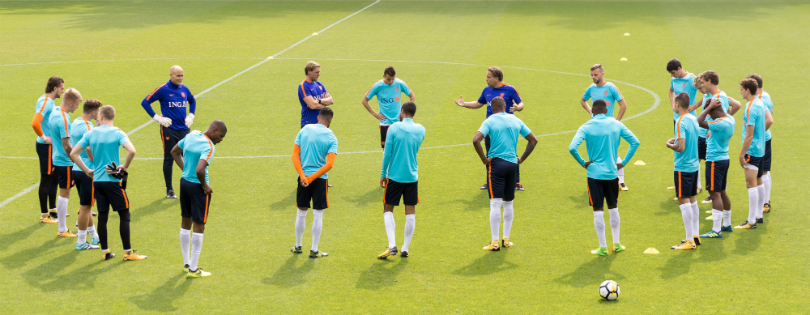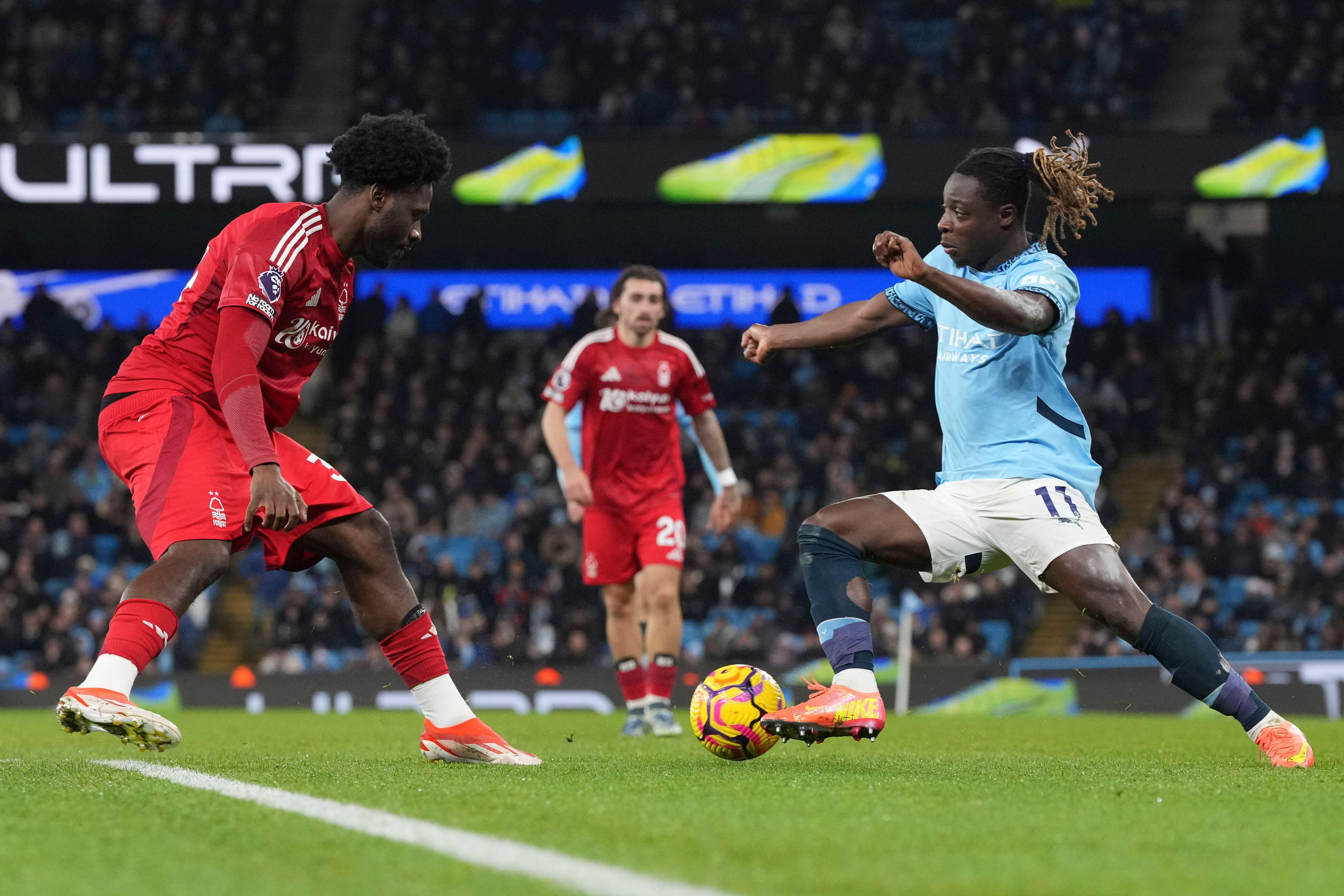The top 5 ways to improve your coaching
These five tips from Preston North End's head of academy coaching, Matt Craddock, will improve your communication with players

Keep your messages clear
Your role isn’t to motivate the players on a matchday. The aim is to give them brief, clear instructions – the best coaches provide clarity. A number of studies have shown if you give your players anymore than three pieces of key information they probably won’t remember them. Pick one single piece of important advice and deliver it simply in language that they can understand. If you give too much information you risk confusing them and ruining the work you’ve put in doing training.
Stay positive
Tone is very important. You need to be positive and include lots of action. However, players learn in different ways. If you’re not comfortable doing a five-minute talk, use a whiteboard or a tactics board and give yourself something visual to work with. You can also use the players to create a discussion rather than a one-way speech. Ask them what they will do in certain situations - that will confirm that they understand the challenges in front of them.
Remove emotion
I wouldn’t advise ranting and raving at players on the touchline during a game. That can have short-term success, but in terms of long-term player development, they have to learn how to make their own decisions. Rugby is a really good example of doing this well. The coaches sit high in the stands and trust their players to manage the game out on the pitch. There is occasionally a place for speaking to players during a game – if they’re really struggling and need some simple advice, then give it. However, I don’t think emotion helps, if the coach is angry or panicking, that could transmit to the player, who may rush in possession and lose the ball.
Deliver individual messages
Try and give team, unit and individual challenges. Separate the players into their individual positions and speak to them separately during the warm-up. The team challenge might be to play out from the back, so the unit message for the defence could be for the full-backs to push wide and high and the centre-backs to drop deep to receive the ball. An individual message could ask the full-back to play forward with his first touch, which encourages an open body shape to receive the ball. All of these messages link to the overall team challenge for that game, but the messages are delivered in snippets.
Know your players
You need to understand the purpose of each individual and what they want to get out of their game. It’s also important to find out about their background, What are they like at home? What type of people do they socialise with? This information enables you to adapt your delivery to players. If you know one player responds well to watching video clips, you can pull him to one side and show him something he could have done better and he may learn better than simply stopping him during training and telling him what to do.
Get FourFourTwo Newsletter
The best features, fun and footballing quizzes, straight to your inbox every week.
